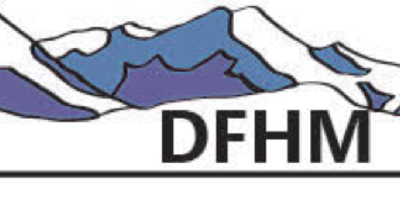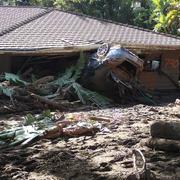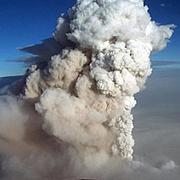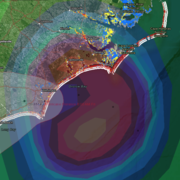Due to a lapse in appropriations, the majority of USGS websites may not be up to date and may not reflect current conditions. Websites displaying real-time data, such as Earthquake and Water and information needed for public health and safety will be updated with limited support. Additionally, USGS will not be able to respond to inquiries until appropriations are enacted. For more information, please see www.doi.gov/shutdown
Landslide Hazards
Home
The primary objective of the National Landslide Hazards Program is to reduce long-term losses from landslide hazards by improving our understanding of the causes of ground failure and suggesting mitigation strategies.
Debris-Flow Forecasts Before Wildfires

Scientists have been pursuing a way to assess debris flow hazards even before the fire occurs.
Read StoryMeeting Announcement

7th International Conference on Debris Flow Hazards Mitigation June 10-13, 2019 in Golden, Colorado
InformationLooking for something on our new website?
The Landslide Hazards Program website content is now part of a single USGS website, and the URLs have changed. Here is where to find some of our most popular content:
Emergency Assessment of Post-Fire Debris-Flow Hazards
Preliminary Landslide Assessments
All Research TopicsNews
Debris - Flow Forecasts Before Wildfires
USGS scientists have been pursuing a way to assess debris flow hazards before a fire occurs.
Science for a Risky World: A USGS Plan for Risk Research and Applications – USGS publishes strategic plan for examining risk
USGS explores opportunities to advance its capabilities in risk assessment, mitigation, and communication in new strategic plan.
USGS Science – Leading the Way for Preparedness
Learn About USGS Hazards Science and More About National Preparedness Month: The very nature of natural hazards means that they have the potential to impact a majority of Americans every year. USGS science provides part of the foundation for emergency preparedness whenever and wherever disaster strikes.
Publications
Bedrock mapping and seismic hazard assessment at Gold Basin landslide, Washington
The Gold Basin landslide is located along the South Fork Stillaguamish River, within the Mount Baker-Snoqualmie National Forest in western Washington State. Recent concerns related to slope stability after the 2014 State Route 530 Landslide near Oso, Washington, forced the closure of the U.S. Forest Service Gold Basin Campground in May of 2014. In...
Staisch, Lydia M.An updated method for estimating landslide‐event magnitude
Summary statistics derived from the frequency–area distribution (FAD) of inventories of triggered landslides allows for direct comparison of landslides triggered by one event (e.g. earthquake, rainstorm) with another. Such comparisons are vital to understand links between the landslide‐event and the environmental characteristics of the area...
Tanyas, Hakan; Allstadt, Kate E.; van Weston, Cees J.Using stereo satellite imagery to account for ablation, entrainment, and compaction in volume calculations for rock avalanches on Glaciers: Application to the 2016 Lamplugh Rock Avalanche in Glacier Bay National Park, Alaska
The use of preevent and postevent digital elevation models (DEMs) to estimate the volume of rock avalanches on glaciers is complicated by ablation of ice before and after the rock avalanche, scour of material during rock avalanche emplacement, and postevent ablation and compaction of the rock avalanche deposit. We present a model to account for...
Bessette-Kirton, Erin; Coe, Jeffrey A.; Zhou, Wendy





